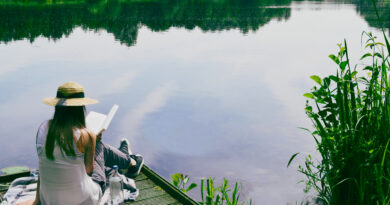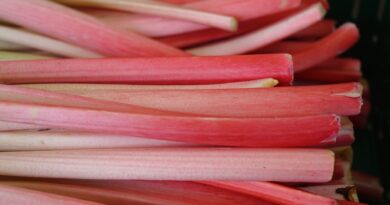Invasive Insects on Trees
Dorothy and Shauna talk with arbourist Ryan Statham about invasive insects and trees.
Ryan is an arbourist with Davey Canada, a company that specializes in urban forestry. Trees of all kinds hold a special interest for Dorothy, a member of the Tree Canada board. They discuss the emerald ash borer and its proliferation throughout North America, wherever ash trees grow. Trees can be treated or inoculated with a derivative of neem oil.
Ryan talks about oak wilt disease, which hasn’t been found in Canada yet but is sure to be here soon. The disease travels slowly; it was first identified in 1942 in Wisconsin and, over the past 80 years, has made it as far as Belle Isle, which is in the river between Detroit, Michigan and Windsor, Ontario. It is a fungus and can get to a tree through a number of vectors, including root grafting or a couple of boring insects. Another way it is transported is through people either transporting infected insects or wood.
Another invasive insect some Canadian gardeners are dealing on their trees with lately is the LDD (Lymantria dispar dispar), formerly known as the gypsy moth caterpillar. This caterpillar, similar to forest tent caterpillars and web worms, has plenty of ick factor but is unlikely to kill trees, at least not in one year. They are all social insects, which means you get more than 100 at one time in one place. During a bad infestation of LDD, Ryan notes, the frass coming from all these caterpillars sounds like rain falling under a tree.
The caterpillar is covered in long, stiff hairs, which irritate the throats and stomachs of birds or mice who would otherwise eat them. Fortunately, there are a few strategies humans can take to reduce heavy infestations. You can inoculate trees or spray with BTK at the exact right time, both of which require a trained arbourist.




